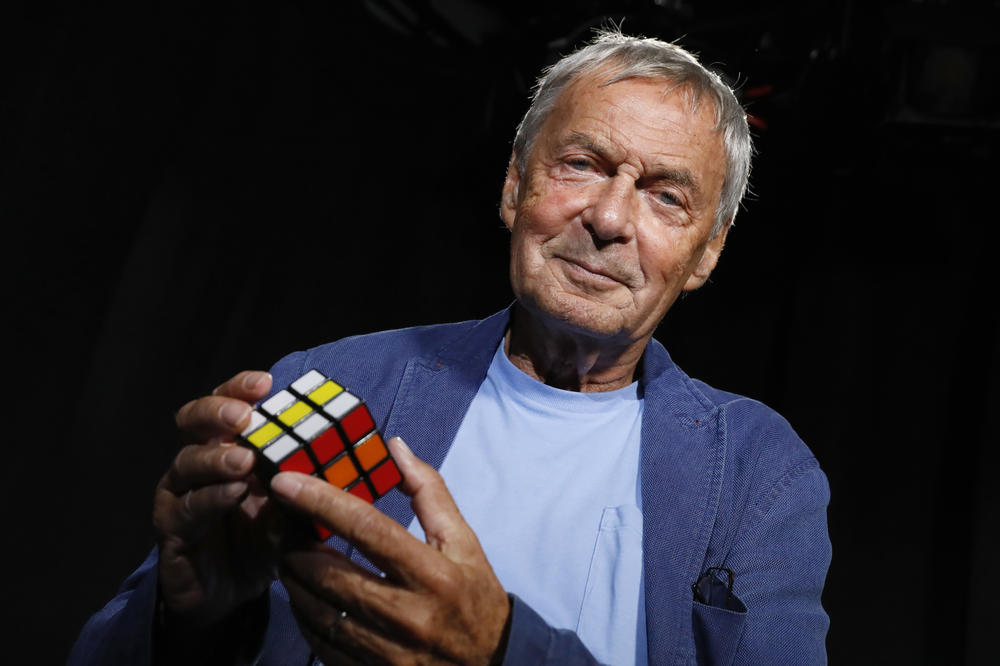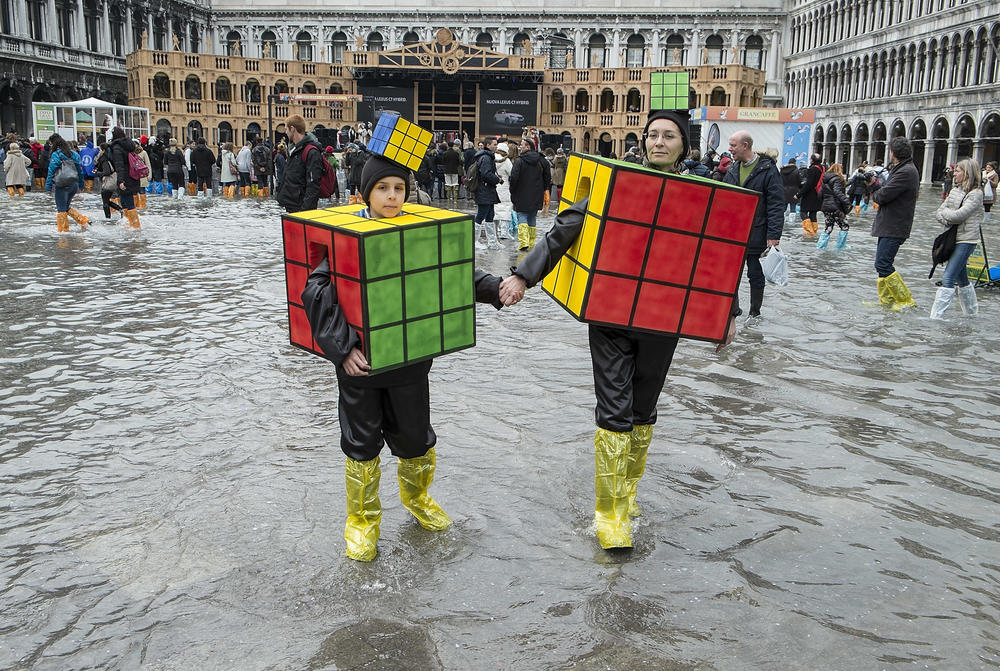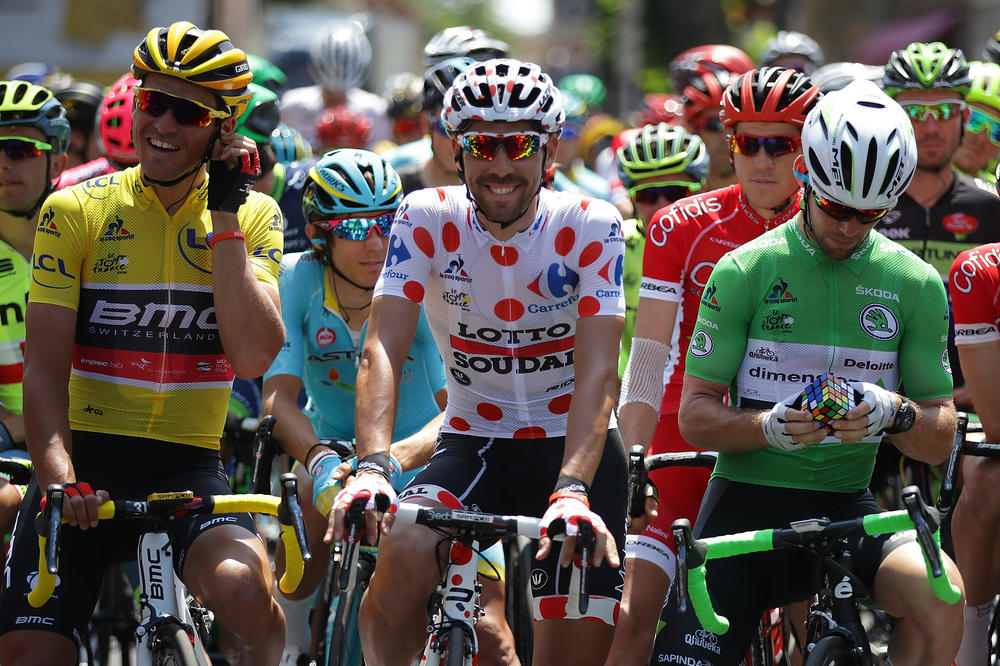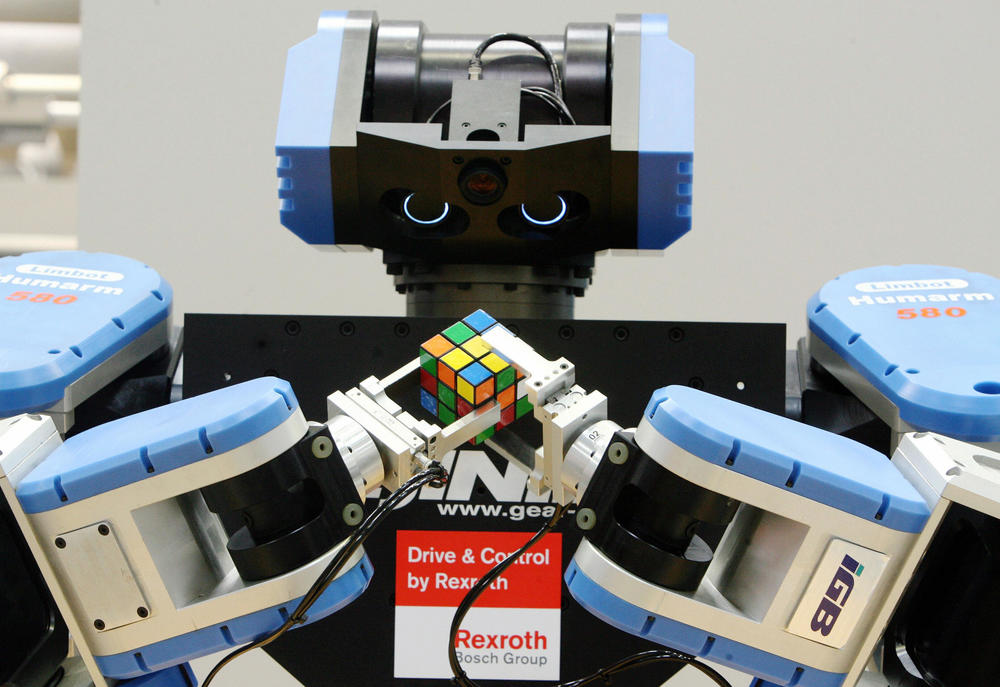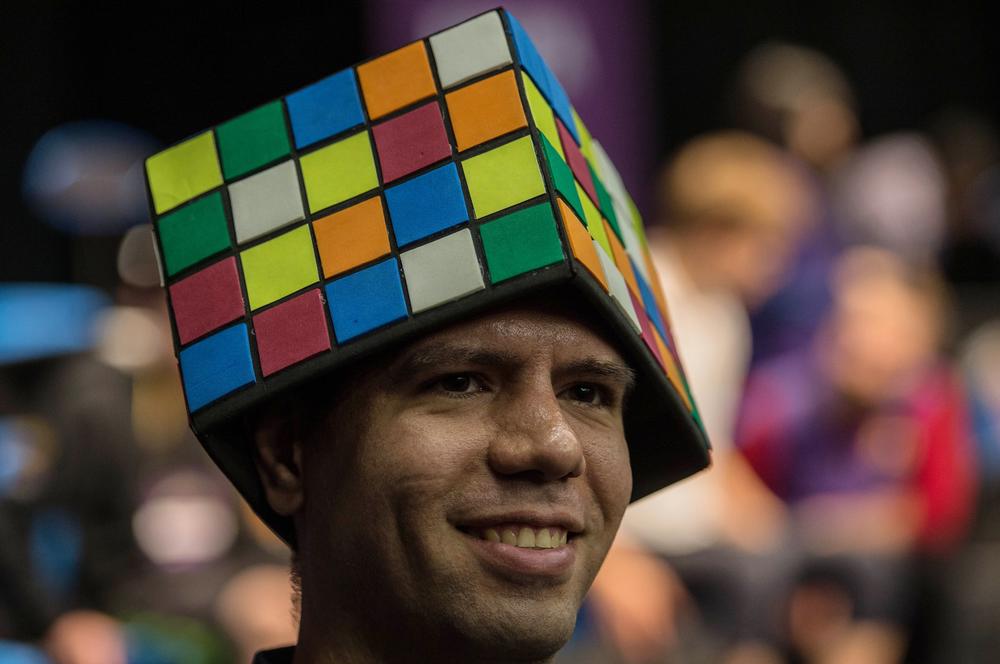Section Branding
Header Content
Rubik's Cube Inventor Writes A New Book: It's Full Of Twists And Turns
Primary Content
Hungarian architect Ernő Rubik takes play very seriously — and suggests we could all lighten up. "Most people are taking most of the things too seriously," he says. "They really can't enjoy life because of that."
If Rubik's name sounds familiar that's because he's the inventor of the Rubik's Cube — that fun (and frustrating) colorful cube puzzle.
"If you don't really mind if you are winning or losing, you enjoy the play ..." he says. "I learn most from my failures — that is the way to learn, that is the way to be successful."
And Rubik knows a thing or two about success. He was obsessed with puzzles and solving problems as a kid. He invented the cube in 1974, and when it was first sold in Hungarian toy shops in 1977 it flew off shelves.
His new book, Cubed: The Puzzle of Us All, tells the whole story.
In the first three years that the cube was licensed to an American company, it sold 100 million copies around the world. Rubik never imagined it would have that kind of appeal. People tended not to buy difficult puzzles, he explains.
But the Rubik's Cube, "made it really fashionable to have a puzzle," he says. "To play with it and to show to others: I can do it ... how to learn it."
(Solution books were also quite popular in those years, he says.)
But Rubik found the toughness of the puzzle — the billion ways to scramble it – deeply motivating. "I found it difficult. More difficult, more enjoyment to solve it," he says.
And he loved that the cube tapped into a community of people worldwide who felt the same way. "It had some kind of magnetic force for us," he says. "I had the feeling I'm not alone in the world ... they like the same level as I like."
Plenty of us have never solved a Rubik's Cube, but world competitions abound for speed cubers. Real die-hard players can unscramble it in mere seconds!
And plenty of cubers get creative, adding additional layers of challenge. Sankavi Rathan of Canada recently solved 30 Rubik's Cubes — one handed while also hula hooping.
Que Jianyu solved three Rubik's Cubes — while juggling them — in November 2018.
Cubers solve underwater, blindfolded, with their feet, on unicycles ... and of course robots have gotten pretty good at them, too.
For Erno Rubik, it's pure joy that he has hooked generations of kids and adults with his twist turning puzzle.
Bo Hamby and Reena Advani produced and edited this interview for broadcast. Beth Novey adapted it for the Web.
Copyright 2020 NPR. To see more, visit https://www.npr.org.
